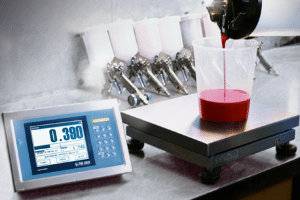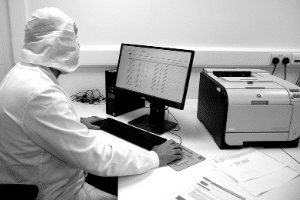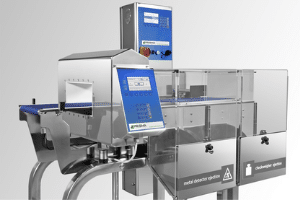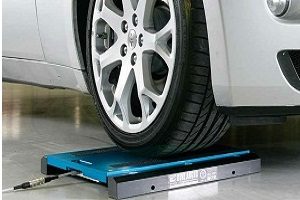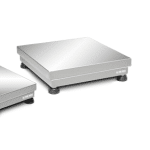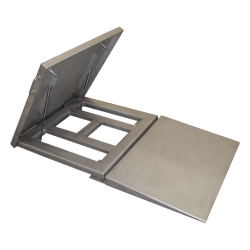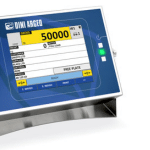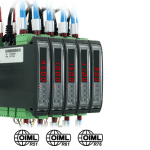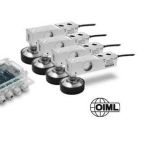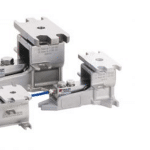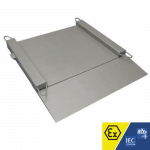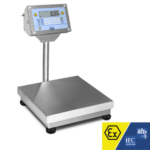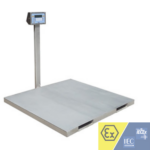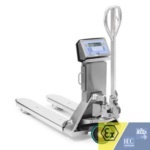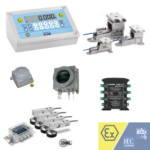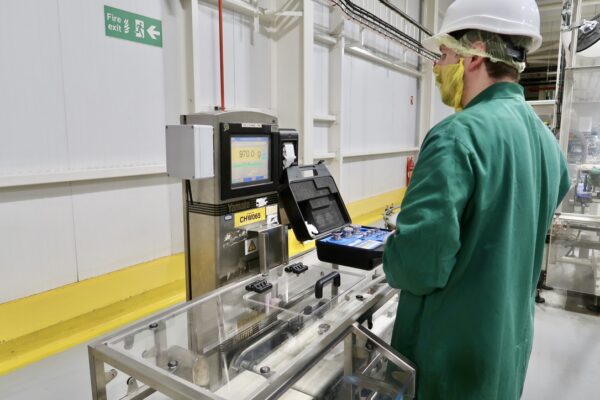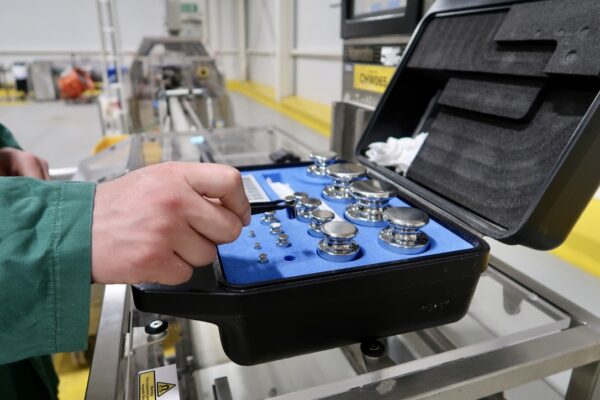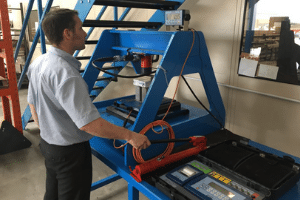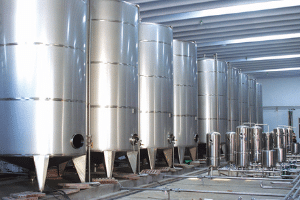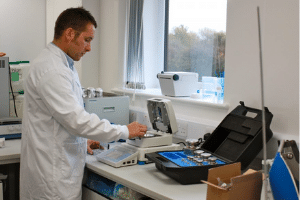The Most Common Scale Errors – And How to Avoid Them
Weighing scales are an important part of many businesses, yet they are often taken for granted. People assume that because a scale says it is measuring correctly, that must be the case.
Unfortunately, this isn’t always the case. In fact, there are a number of common scale errors that can occur. This blog post will discuss these errors and how to avoid them.
Problems of Having An Error in Your Scale
There are several problems associated with having an error in your scale.
One of the main problems associated with scale errors is inaccuracy. If a scale is not calibrated correctly then it can give incorrect readings. This can lead to inaccurate measurements or calculations, resulting in financial losses due to overpaying or undercharging customers, or potentially even mislabelling products and causing safety issues in food production, etc.
Another problem associated with scale errors is the cost of correcting them. If a scale needs to be recalibrated, it can cost time and money. Moreover, if the error is significant enough then you might need to replace the entire unit. This can result in increased costs for businesses.
Common Scale Errors
The most common scale errors are:
1. Overload Error
When a load is placed on the scale that exceeds its maximum capacity, an overload error will occur. To avoid this error, be sure to check your scale’s maximum capacity and make sure the load you place on it is within that range.
2. Calibration Error
This error occurs when a scale is not calibrated correctly. To avoid this error, make sure you regularly calibrate your scales to ensure accurate readings. MWS can provide a calibration service for all our digital weighing scales.
3. Drift Error
Drift error occurs when the scale reading drifts further and further from its true value over time. It can be caused by environmental factors, such as temperature or changes in air pressure, or mechanical wear and tear of components.
To avoid this error, make sure you use your scale in an environment with a stable temperature and keep it regularly calibrated.
4. Environmental Error
Changes in temperature and humidity can affect the accuracy of a scale reading. To avoid this error, be sure to keep your scales in a controlled environment.
5. Tare Error
Tare error occurs when a scale’s tare weight is set too high or low, resulting in inaccurate readings. To avoid this error, check the tare weight regularly and adjust as needed.
6. Surface Error
If a scale is placed on an uneven or unstable surface, it can result in inaccurate readings. To avoid this error, make sure the surface your scale is placed on remains stable and level. You can also use a weighing station to provide a flat, stable surface for your scale.
By following these simple guidelines and regularly calibrating your scales, you can avoid common scale errors. In addition to this, always double-check your weights before recording them to make sure they are accurate.
Doing so can save you time and money in the long run. Additionally, if you find your scale is consistently giving inaccurate readings or malfunctioning, it may be time to replace it.
After all, an unreliable scale can lead to financial losses and safety issues. By understanding common scale errors and taking steps to avoid them, you can ensure that your business operates efficiently and accurately.
